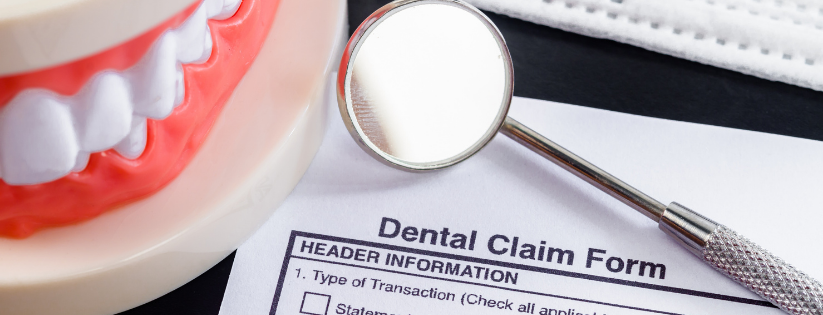Core build-up (D2950) is one of the most discussed claim denials at the ADA. A core build-up is a restorative procedure where the missing tooth structure is replaced with a filling material so it can successfully support a dental crown.
There can be complications with payment when the tooth requires stability before the crown is prepared. It’s very important for your billing department to understand that core build-up is a separate procedure from crown prep and should always be billed as such as long as there is evidence of necessity. Due to the overutilization of this code, many insurance carriers have even dropped the use of this code entirely.
How Can You Successfully Submit Your Patient’s Core Build-up Procedure To Ensure Reimbursement?
1. Ensure Your Claim Mentions The Missing Tooth Structure Percent To Establish Necessity
The insurance claim should verify that 50% or more of the tooth structure was missing and build-up was absolutely necessary for retention. The insurance company needs to read why your build-up is necessary to have the crown stay in place. If your chart note or narrative does not mention the missing percentage and the need for the build-up, they will not pay for it. This is because it does not meet their clinical requirements. A thorough narrative should look something like this:
Recurrent mesial lingual decay around existing restorations and undermining of the ML cusp. After removing decay and damaged tooth structure, less than 50% of healthy tooth structure remained. A core buildup was necessary to strengthen the tooth and support the crown.
2. Include Pre And Post-op Imaging To Establish Necessity
Be sure to include pre and post-op radiographs as part of the narrative to establish clinical necessity. Sending in intraoral photographs is also helpful for this purpose. Photographs allow the insurance company to get a better idea of the condition of the tooth.
3. Clarify That The Build-up And Crown Prep Took Place On Separate Days
Build-ups are often rejected because of the submission date. Build-ups and crown preps cannot be billed on the same day. In your narrative, you should make it clear that the build-up and crown preparation took place on two different dates. In addition, you should indicate when the crown will be seated. Clarifying all of the dates will help ensure a separate benefit.
4. Use The Correct Code For Your Build-up: D2950 VS D2949
It is critical to understand the differences between codes D2950 and D2949. As discussed above a D2950 code will be used in cases where the core build-up is the primary retention source for the crown. It doesn’t apply to the use of a filler for the elimination of irregularities such as undercut box forms or concave irregularities.
D2949 was created in 2014 to help eliminate some of the confusion with D2950. You used the same material as a build-up, but it was not used as a primary source of retention. To prepare a tooth for a crown, you may need to create a better shape for the tooth. This will allow you to achieve a better formation of the tooth including eliminating any undercuts or voids. In this case, the material is placed for purposes other than the crown staying in place.
Include The Right Codes and Documentation To Ensure Reimbursement
In summary, be sure that you are verifying that 50% or more of the tooth structure was missing and build-up was necessary for retention. Ensure the build-up and crown prep take place on separate days and include pre and post-op imaging to help support necessity
Also, be sure to choose the code that reflects the service most accurately to ensure your claims don’t get denied. When submitting your claim, always ask yourself why the build-up material was placed and code the procedure as accurately as possible.
Could your dental practice form an automated solution to support patient access and revenue recovery? Request a demo here to learn more about our AI-powered revenue cycle solutions for your dental practice.
